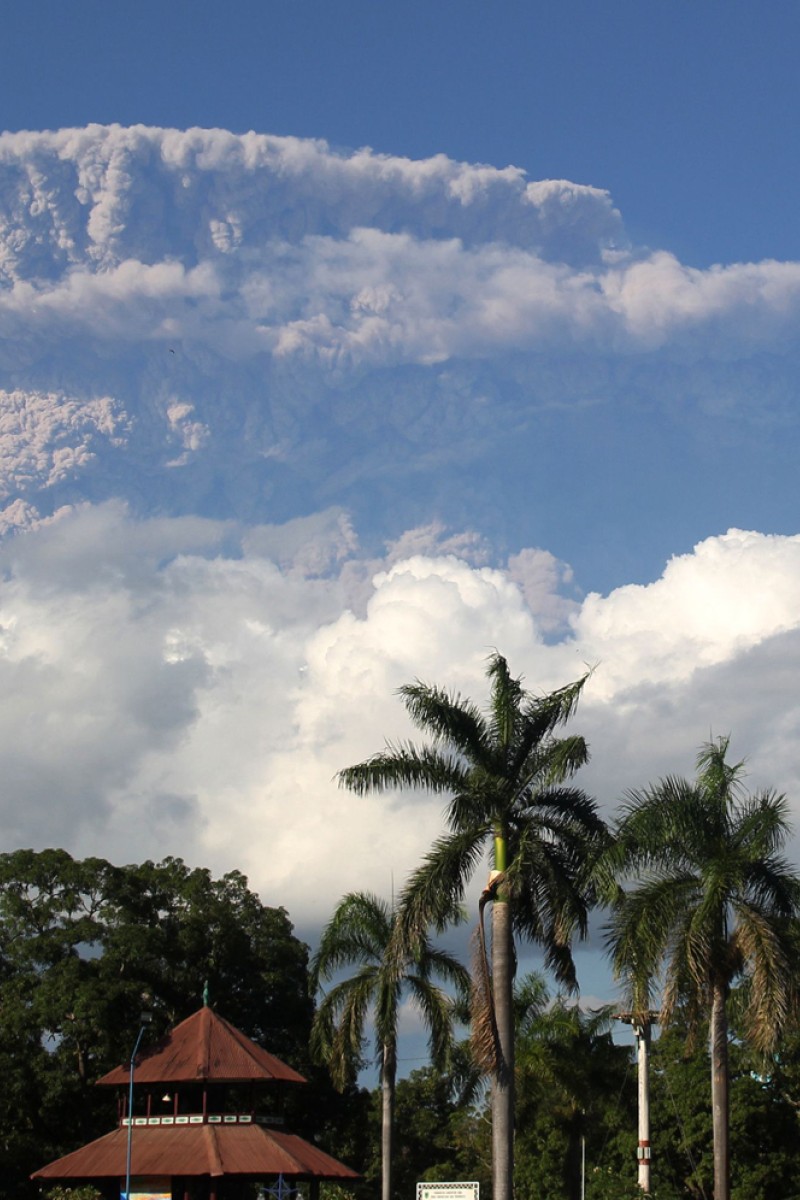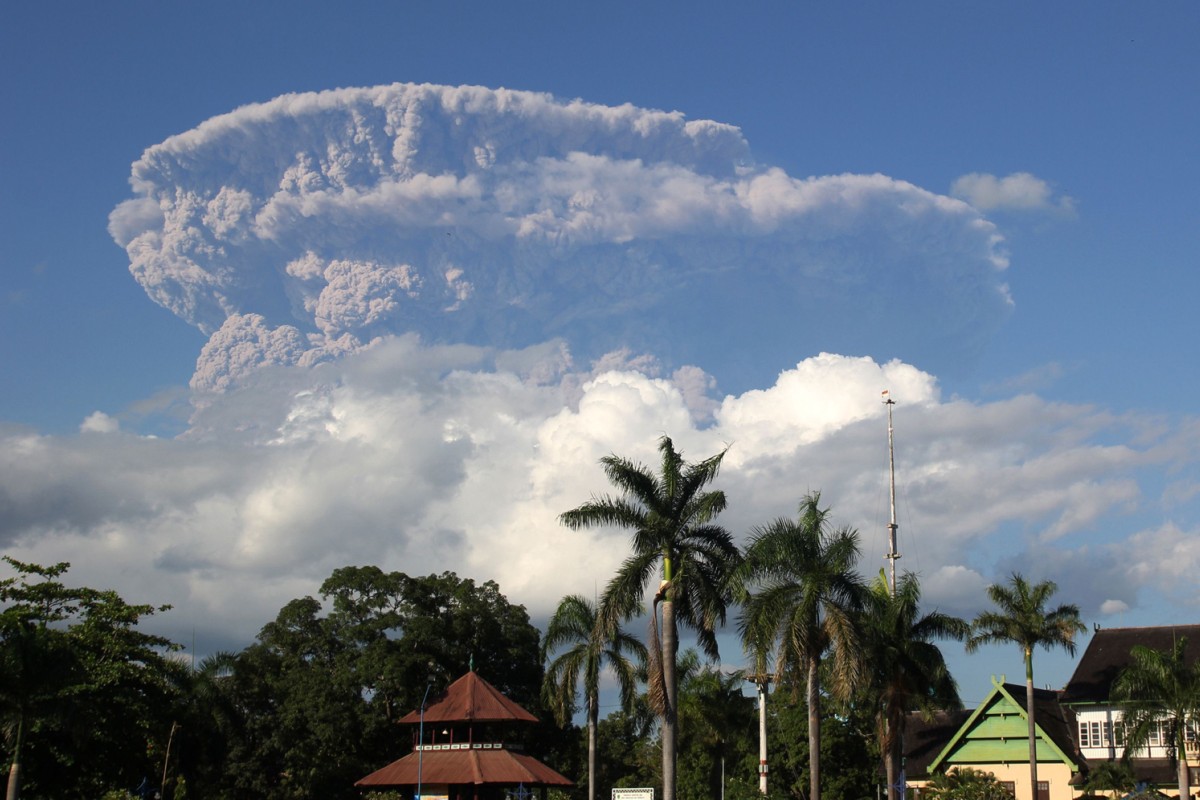
Discover & Innovate: Ashy engine is a flight risk
Volcanoes in Indonesia and Iceland spew ash that cripples jet engines, or stops airline services running altogether, which is a headache for passengers
 In May, volcanic ash from Sangeang Api volcano on Sumbawa Island, Indonesia disrupted flights from Australia to Southeast Asia
In May, volcanic ash from Sangeang Api volcano on Sumbawa Island, Indonesia disrupted flights from Australia to Southeast AsiaGalunggung, Sangeang Api, Eyjafjallajokull and Grimsvotn are difficult to pronounce. These are the names of volcanoes - the first two in Indonesia, the other two in Iceland - that have affected air traffic in past decades. Earlier this year, volcanic ash from Sangeang Api disrupted flights from Australia to Southeast Asia.
Ash from volcanoes is a problem because it gets into aircraft engines and affects the turn of the turbine blades.
The engine is so hot, ash can melt inside the power system and shut the engine down. And because volcanic ash is dry, weather radar, which detects water-laden clouds, can't pick it up.
In 1982, all four engines on British Airways Flight 9, going from Kuala Lumpur, Malaysia, to Perth, Australia, failed after the plane was hit by ash from the eruption of Galunggung. The aircraft lost altitude, and after some scary moments, the crew was able to restart the engines one by one.
However, as they climbed, all four engines shut down again. They were restarted, and the plane made it to Jakarta, Indonesia. The aircraft appeared as though it had been sand blasted by the ash.
This is just one of many volcanic plumes that finally led to the forming of volcanic ash advisory centres that provide information on the hazard for the aviation industry.
The eruption of Eyjafjallajokull in 2010 affected trans-Atlantic air travel for almost a week; about 107,000 flights were cancelled, causing problems for 10 million passengers. Air traffic over the North Atlantic is very important, and the disruption cost the industry HK$2 billion.
This led engine manufacturers to define a safe limit of 4mg of ash per cubic metre of air space on flight paths, so that areas hazardous to air traffic could be defined. The problem will not go away, and Southeast Asia is especially vulnerable because Indonesian volcanoes lie on important routes between Asia and Australia.
This example highlights the way volcanoes affect our atmosphere. In Hawaii, continuous emissions from the volcano Kîlauea cause widespread local air pollution known as vog (volcanic fog).
Powerful eruptions, such as that of Pinatubo in the Philippines in 1991, drive pollutants into the stratosphere. These can lower global temperatures and affect the ozone layer.
Humans do generate air pollutants, but volcanoes are also large emitters.